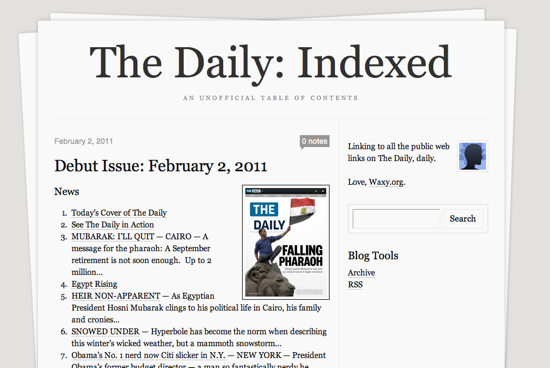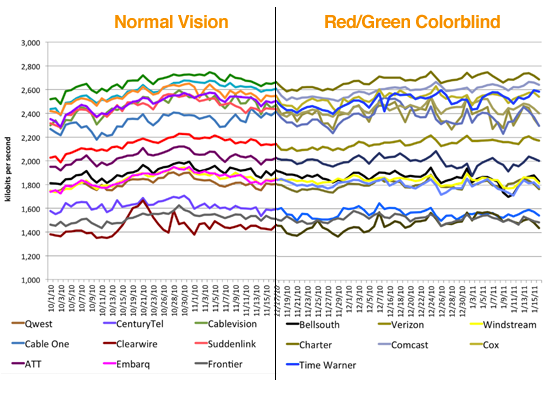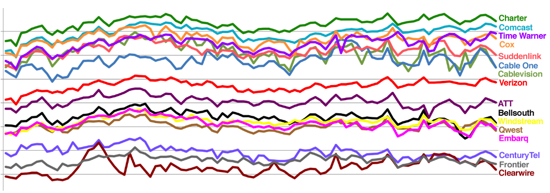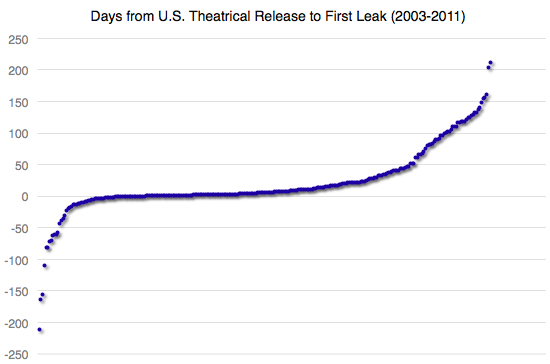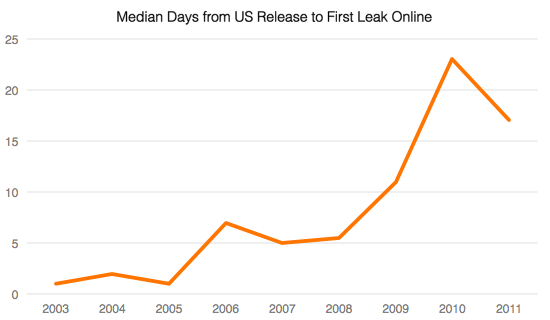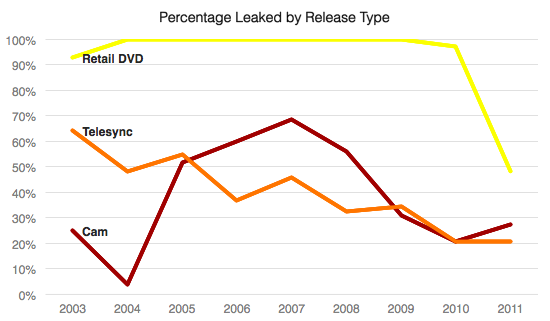Anybody else think it’s weird that The Daily, News Corp’s new iPad-only magazine, posts almost every article to their official website… but with no index of the articles to be found? They spent $30M on it, but apparently forgot a homepage. (That’s a joke, people.)
So I went ahead and made one for them! Introducing, The Daily: Indexed…
Why did I do this? The Daily’s publishing free, web-based versions to every article, but without an index, it’s (deliberately) hard to find or link to the individual articles from the web. And since the iPad app only carries today’s edition, it makes finding any historical articles you’ve paid for nearly impossible.
I love that this kind of experimentation is happening in journalism. I love journalism dearly and want to see new models emerge, and charging for content is a great way to align a media organization’s interests with those of its readership. That said, if you do charge for access, you can’t publish free versions to the web and hope that people don’t find them.
I’m also very curious about their reaction. This isn’t illegal or a copyright violation — all I’m doing is linking to the versions they’re publishing on their site. The ability to link to any webpage without permission is part of what makes the web great, and it should never be discouraged. It’s also worth noting that Google’s slowly indexing all the articles too, and search engines aren’t blocked in their robots.txt file.
But I’m still recovering from a legal nightmare last year (more on that soon), so if asked to stop publishing and delete the Tumblr, I will. (Lawyers: My email address is at the top of this page.)
In the meantime, enjoy!
(Special thanks to Rex Sorgatz for the inspiration.)
Update: At The Daily’s press conference, editor-in-chief Jesse Angelo addressed the question of public sharing on the web.
“For the pages in the application that we can do it, we create mirror HTML pages. Those pages are out there on the web — they can be shared, they can be searched, you can find them out there… We know there are billions of other people sharing content on the web, and we want to be part of that.”
Thanks to Ryan Tate for the video.
February 4: Some people seem to have been a bit confused by my original post, so I edited it a bit, explaining a bit more clearly why I made this. I never thought that The Daily actually forgot to make a homepage/index; that was tongue-in-cheek. I also added a comment answering some of the frequently asked questions about the project.

